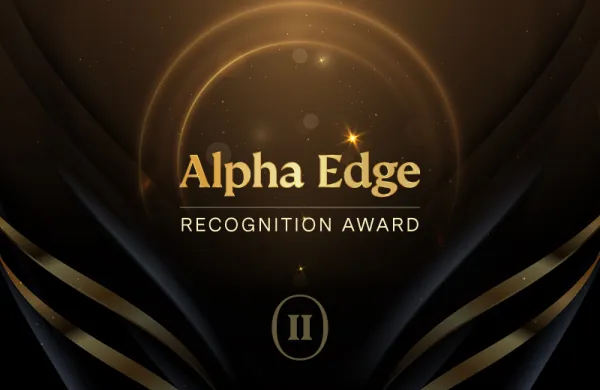For university endowments in fiscal year 2021, asset allocation played a far more important role in returns than manager selection.
According to a new analysis from Markov Processes International, the disparity in returns between asset classes was the largest contributor to these endowments’ outperformance in 2021. The investment research firm then determined that the endowments that allocated more money to private equity and venture capital performed better than their peers. MPI's analysis provides additional transparency into some of the largest pools of capital in the U.S.
MPI used its proprietary, returns-based style analysis to examine the fiscal year 2021 performance at the University of Pennsylvania, Bowdoin College, and Harvard Management Company in a series of reports, the most recent of which was published on Wednesday.
“There's such a disparity between reported returns in different assets classes,” said Michael Markov, co-founder and chief executive officer. “In a time like this, asset allocation is the key. When all the performance is the same, then there is selection and skill.”
MPI’s research relies on theories put forth by William Sharpe, who won a Nobel Prize in 1990 for his work in economics. According to Markov, who spoke with Institutional Investor via Zoom, the idea is to re-create a portfolio that mimics an endowment’s annual returns and its changing allocations over time. This model can reveal discrepancies between the publicly reported and simulated portfolios. What’s particularly noteworthy is that MPI doesn’t need detailed information about individual investments to do the analysis.
“You can see how the investment style has changed without even knowing their portfolio holdings,” Markov said of the model.
In the cases of Bowdoin and Penn, MPI’s models were generally in line with the endowment’s own characterization of the portfolio’s positioning.
Bowdoin, which reported a whopping 57.4 percent return for fiscal year 2021, has been tilting its $2.72 billion portfolio toward private assets, particularly venture capital, over the past decade. “Our analysis shows this coming at the cost of hedge funds (absolute return strategies), which Bowdoin confirms in their annual reports,” according to MPI’s study.
Similarly, Penn posted big returns for the year — 41.1 percent on its $20.5 billion portfolio. Since 2005, the university has been increasing its allocation to private equity at the expense of fixed income, the report showed.
“This year is basically more of a competition of who has less liquidity and more aggressive growth,” Markov said.
Harvard, meanwhile, returned 33.6 percent on its $53.2 billion portfolio for fiscal year 2021. MPI pointed out that these are the lowest among Ivy League endowments in fiscal year 2021.
Unlike the Bowdoin and Penn reports, Markov did identify discrepancies between its model and Harvard’s reported allocations. The Markov analysis showed a 30 percent exposure to corporate and government bonds, rather than Harvard’s reported 12 percent. Similarly, the model showed a hedge fund exposure under 20 percent, rather than Harvard’s reported 33 percent.
The analysis said that one possible explanation for the differences is that Harvard could have a hedge fund allocation focused on market-neutral, credit, and relative value strategies. Still, MPI’s model shows that Harvard’s bond exposure has been increasing since 2014, despite its peers dramatically ramping up their equity investments during the same time period.
According to Markov, each of these reports reveals the necessity of a strong asset allocation strategy when there is huge dispersion among asset class returns.
“It’s clearly the asset allocation play this year,” Markov said. “When you spend millions on manager selection, but at the end of the day, it’s all about asset allocation, you have to ask: ‘Is it justified?’”







